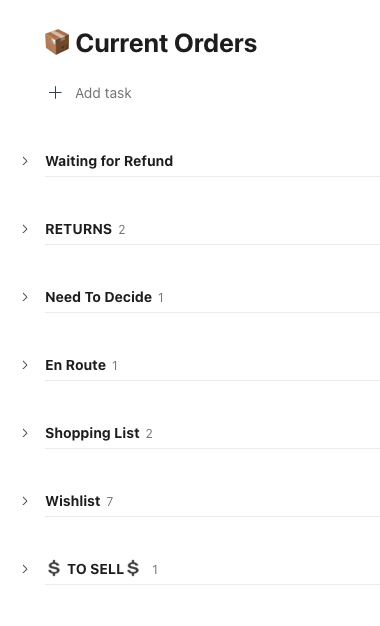The Simple Home System Most People Overlook (That Makes All the Difference)
You’ve decluttered. You’ve created thoughtful systems. Your space finally feels like you again.
But here’s something most people miss when they’re setting up their organizing systems:
A way to handle what comes after.
Because even with the best intentions and a beautifully organized home, life keeps flowing. New items arrive. Mail keeps coming. Tasks pop up. Without a clear plan for how to handle the in and out, clutter starts to creep back in.
Create Your Home's Inbox + Outbox System
Think of this as a way to support the ongoing rhythm of your life—not a rigid system, but a practical one that makes your space easier to maintain and more peaceful to live in.
Here are some examples of what I do in my home:
The Inbox: Managing What Comes In
1. Mail
Junk mail gets recycled immediately (bonus: unsubscribe from future junk via CatalogChoice.org).
Important mail gets opened and either:
Filed
Shredded
Or placed in a "to action" zone on my desk (which I review every two weeks).
Anything with a deadline? It goes into my Todoist app so I don’t miss it. And items for my husband? They go right on his dinner seat. We eat at the table daily—so it must get addressed to use the space!
2. New Purchases
New items go straight into service:
Groceries into the pantry or fridge
Clothes: tags off, washed or hung
Try-it items are tracked in my digital system (see below)
3. Digital Tracking System
In Todoist, I keep a "Current Orders" list with categories like:
En Route
Need to Decide
Returns
Waiting for Refund
This helps me manage timelines, batch errands, and keep things from slipping through the cracks.
The Outbox: Handling What’s Leaving
One of the trickiest parts of home maintenance? Actually getting things out of the house.
You know the quiet piles: donations, returns, items to give to a friend, things to consign. When they’re scattered in different rooms, they become invisible—and that’s how clutter creeps back.
Here’s how to break the cycle:
1. Keep like with like
Gather all your “to go” items into one spot. Seeing them together makes it easier to act.
2. Use boundaries
Designate a bin, bag, or shelf. Once it’s full, it’s your cue to take action.
3. Create a routine
Whether it’s every Sunday or the first errand run of the week, build a rhythm so those piles don’t linger.
How It Looks In My Home:
Donations
We have a donation box in the garage. It’s simple and easy to access. Once it’s full, I drop it off—because I’ve already researched convenient spots near me.
If you're local to Seattle, WA, I’ve created a curated list of donation, consignment, recycling, and disposal locations for just about everything. Check it out here!
Errands + Processing Zone
We use our window seat as a “to be dealt with” zone—returns, errands, random admin. I tidy it weekly and schedule what makes sense to batch.
Think: three returns in one trip, or a donation drop while I’m already in the neighborhood.
Ready to Try It?
Do you have a way to handle the “in” and “out” of your home?
If not, now’s a great time to start. You don’t need an overhauled system—just designate one spot for something you often find piling up. Small changes lead to big shifts.
Want more tips like this, plus behind-the-scenes looks at how I organize real homes (and real lives)?
Sign up for my newsletter right here and get practical inspiration delivered to your inbox.
Bonus: If you're in the Seattle, WA area, you’ll also be the first to hear about local resources, events, and session availability.
